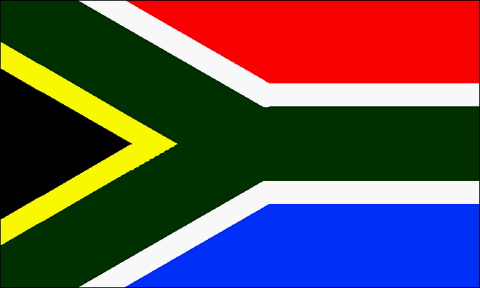



Chemical and Biological Weapons
South Africa developed the ability to produce and to deploy chemical and biological weapons during the mid-1980s, although Pretoria then acknowledged only that it was developing defensive countermeasures against such weapons. Military officials then believed that chemical or biological weapons were being used by Angolan government forces in that country's festering civil war.
South Africa's Chemical and Biological Warfare program (known as Project Coast) included work on Cholera, botulism, anthrax, chemical poisoning and the large-scale manufacture of drugs of abuse, allegedly for purposes of crowd control. Chemicals, poisons and lethal micro-organisms were produced for use against individuals, and �applicators� (murder weapons) developed for their administration.
In 1993, after South Africa's involvement in the Angolan war had ended, President de Klerk ordered the destruction of any remaining chemical and biological substances. His government also joined more than forty other African nations in signing the international Convention on Chemical Weapons. In October 1994, South Africa hosted the first conference in Africa on the implementation of the Convention on Chemical Weapons.
Sources and Resources
http://www.fas.org/nuke/guide/rsa/cbw/
Maintained by Webmaster
Updated Wednesday, December 15, 1999 7:34:47 PM






